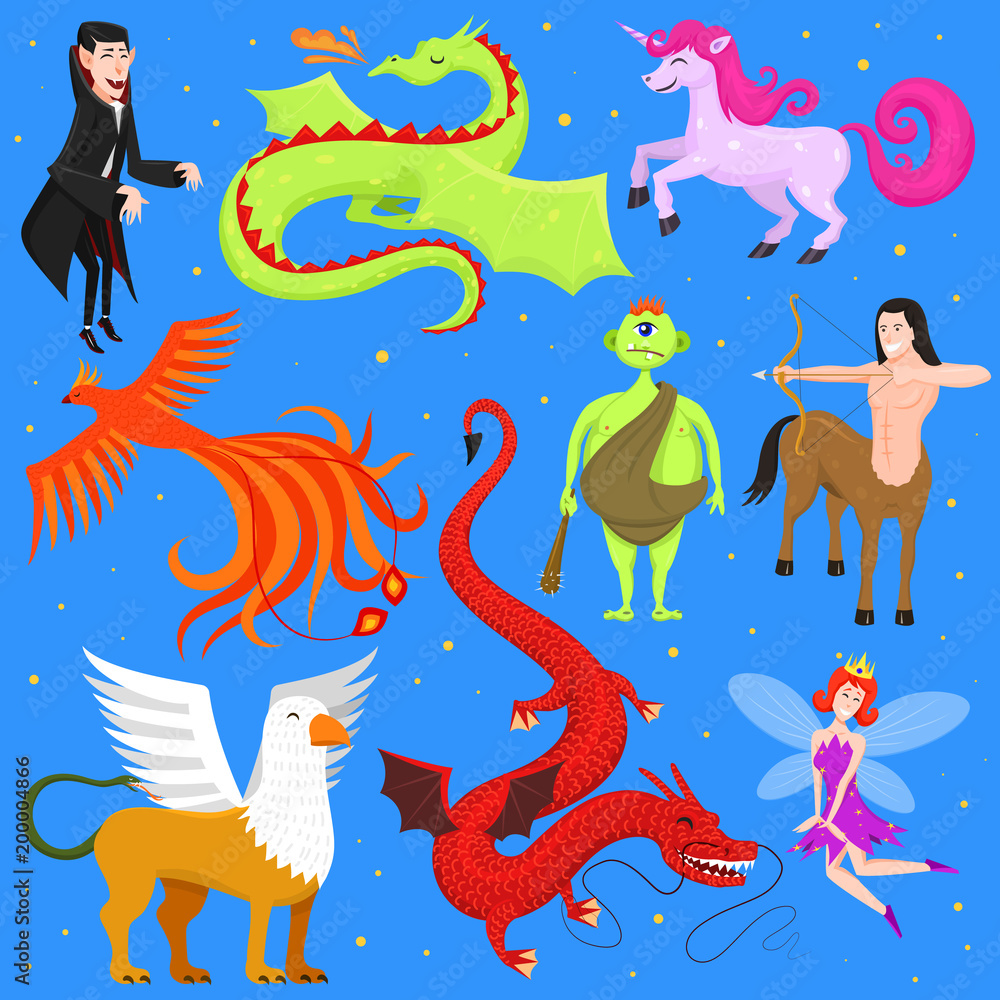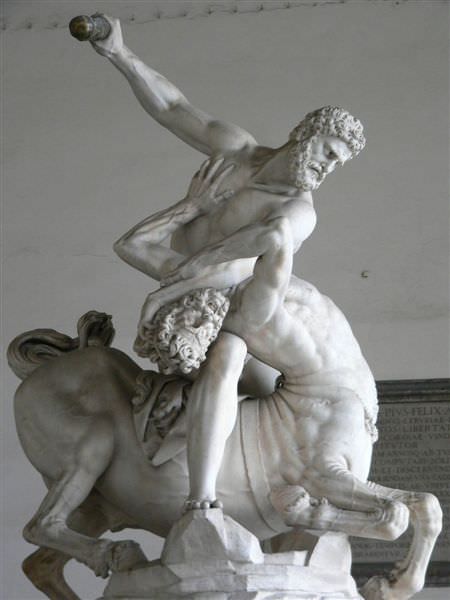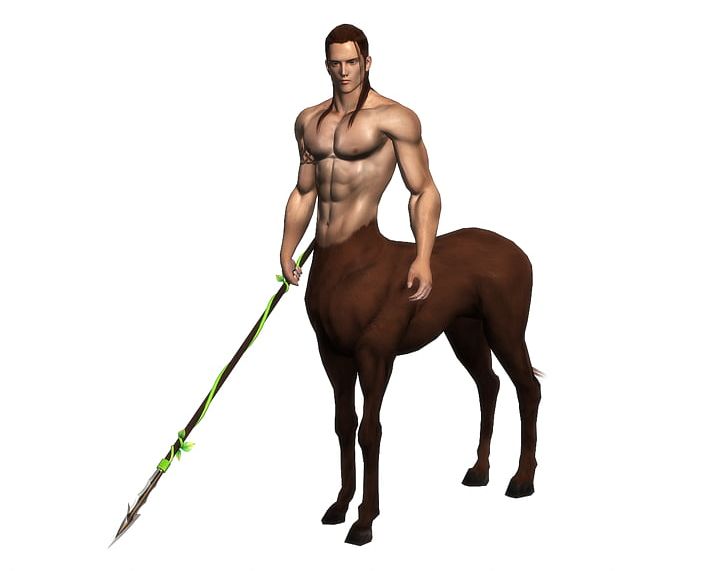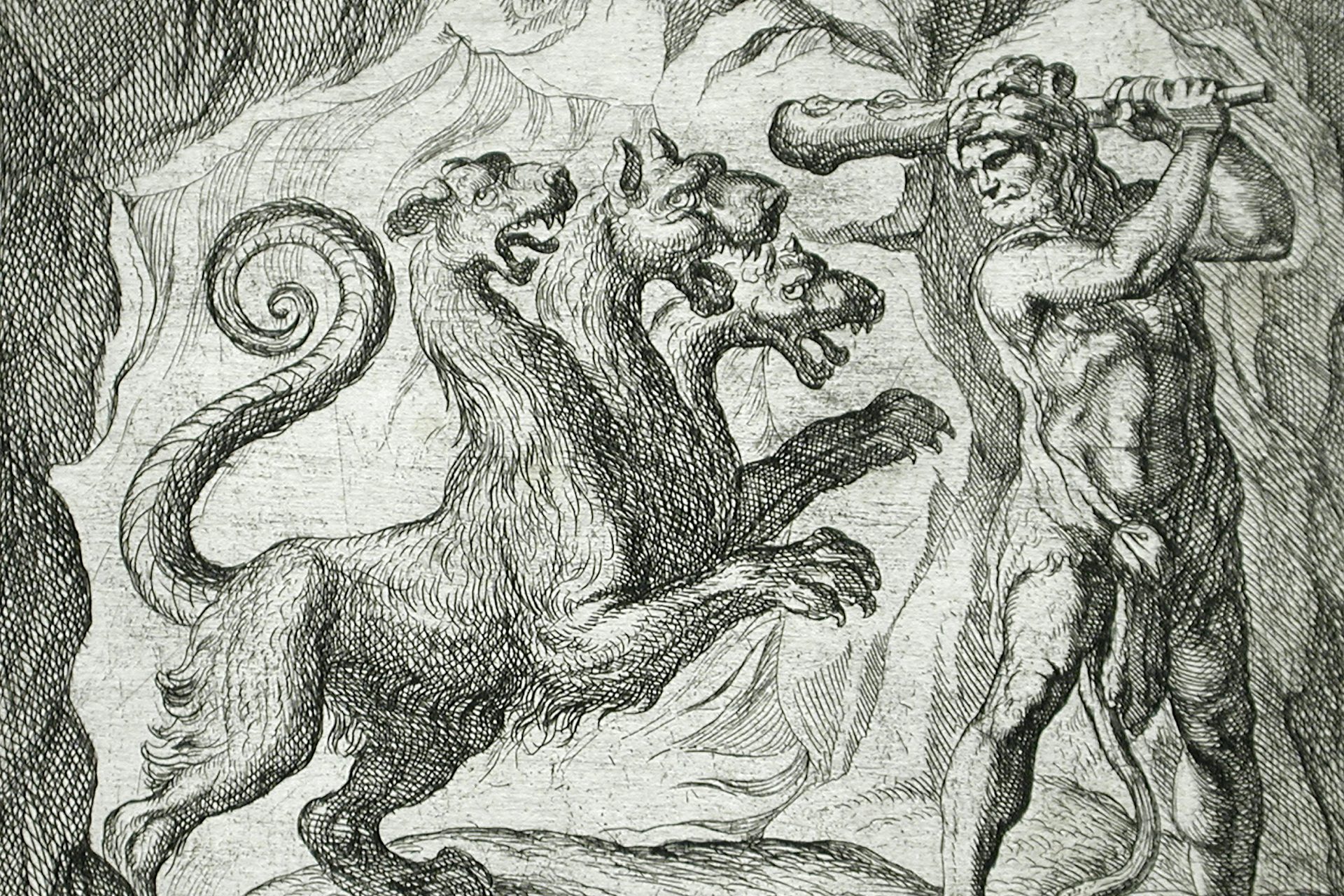Centaurs: Half-Human, Half-Horse Creatures of Legend

Centaurs are mythical beings that have fascinated cultures for centuries. These creatures are traditionally depicted as having the upper body of a human and the lower body of a horse, symbolizing a unique blend of human intellect and animalistic strength.
Origins and Mythological Background

Centaurs originate from Greek mythology, where they are often portrayed as wild and unruly beings living in the mountains and forests. They are descendants of Ixion and a cloud nymph named Nephele, according to myth. Their dual nature represents the conflict between civilization and barbarism.
| Aspect | Description |
|---|---|
| Physical Form | Upper body of a human, lower body of a horse |
| Symbolism | Duality of human reason and animal instinct |
| Habitat | Forests, mountains in Greek myths |
| Behavior | Often wild, sometimes wise and noble |
Cultural Significance

- Greek Mythology: Centaurs appear in many stories, including the famous battle with the Lapiths at a wedding feast, symbolizing chaos versus order.
- Roman Adaptations: Romans adopted centaurs into their art and literature, often emphasizing their wild nature.
- Modern Depictions: Today, centaurs appear in fantasy literature, movies, and games, often portrayed as wise warriors or mystical guides.
Characteristics and Traits

- Physical Strength: Their horse half grants them great speed and power.
- Intelligence: The human half allows for reasoning, speech, and complex emotions.
- Dual Nature: This combination often leads to internal conflict between primal urges and rational thought.
Centaurs in Popular Culture
| Media Type | Example |
|---|---|
| Literature | “The Chronicles of Narnia” by C.S. Lewis |
| Film | “Harry Potter” series (Firenze the centaur) |
| Video Games | “The Elder Scrolls” series |
Frequently Asked Questions (FAQ)
Q1: Are centaurs based on real animals?
A1: No, centaurs are purely mythical creatures with no basis in real zoology.
Q2: What do centaurs symbolize?
A2: They often symbolize the struggle between civilization and nature, intellect and instinct.
Q3: Where do centaur myths come from?
A3: Primarily from ancient Greek mythology.
Q4: Are centaurs always depicted as wild?
A4: Not always; some myths and modern stories portray them as wise and noble beings.
Centaurs continue to captivate our imagination, embodying the complex relationship between humanity and the natural world. Their enduring presence in myth and media highlights their symbolic power and cultural significance.
